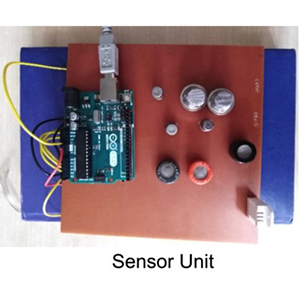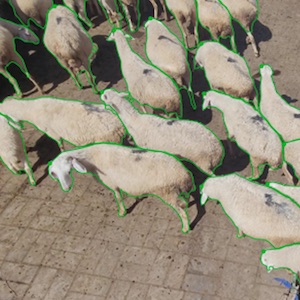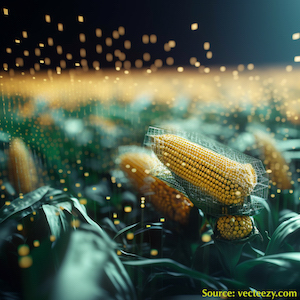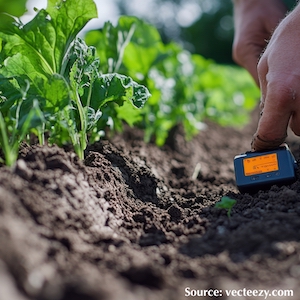E-nose: a low-cost fruit ripeness monitoring system

All claims expressed in this article are solely those of the authors and do not necessarily represent those of their affiliated organizations, or those of the publisher, the editors and the reviewers. Any product that may be evaluated in this article or claim that may be made by its manufacturer is not guaranteed or endorsed by the publisher.
Accepted: 10 July 2022
Authors
All fruits emit some specific volatile organic compounds (VOCs) during their life cycle. These VOCs have specific characteristics; by using these characteristics fruit ripening stage can be identified with-out destroying the fruit. In this study, an application-specific electron-ic nose device was designed for monitoring fruit ripeness. The proposed electronic nose is cost-efficient and does not require any modern or costly laboratory instruments. Metal oxide semiconductor (MOS) sensors were used for designing the pro-posed electronic nose. These MOS sensors were integrated with a microcontroller board to detect and extract the meaningful fea-tures of VOCs, and an artificial neural network (ANN) algorithm was used for pattern recognition. Measurements were done with apples, bananas, oranges, grapes, and pomegranates. The designed electronic nose proved reliable in classifying fruit samples into three different fruit ripening stages (unripe, ripe, and over-ripe) with high precision and recall. Furthermore, the proposed elec-tronic nose performed uniformly on all three fruit ripening stages with an average accuracy of ≥95%.
How to Cite

This work is licensed under a Creative Commons Attribution-NonCommercial 4.0 International License.










